Attending the 3rd ‘Cinematography in progress’ conference
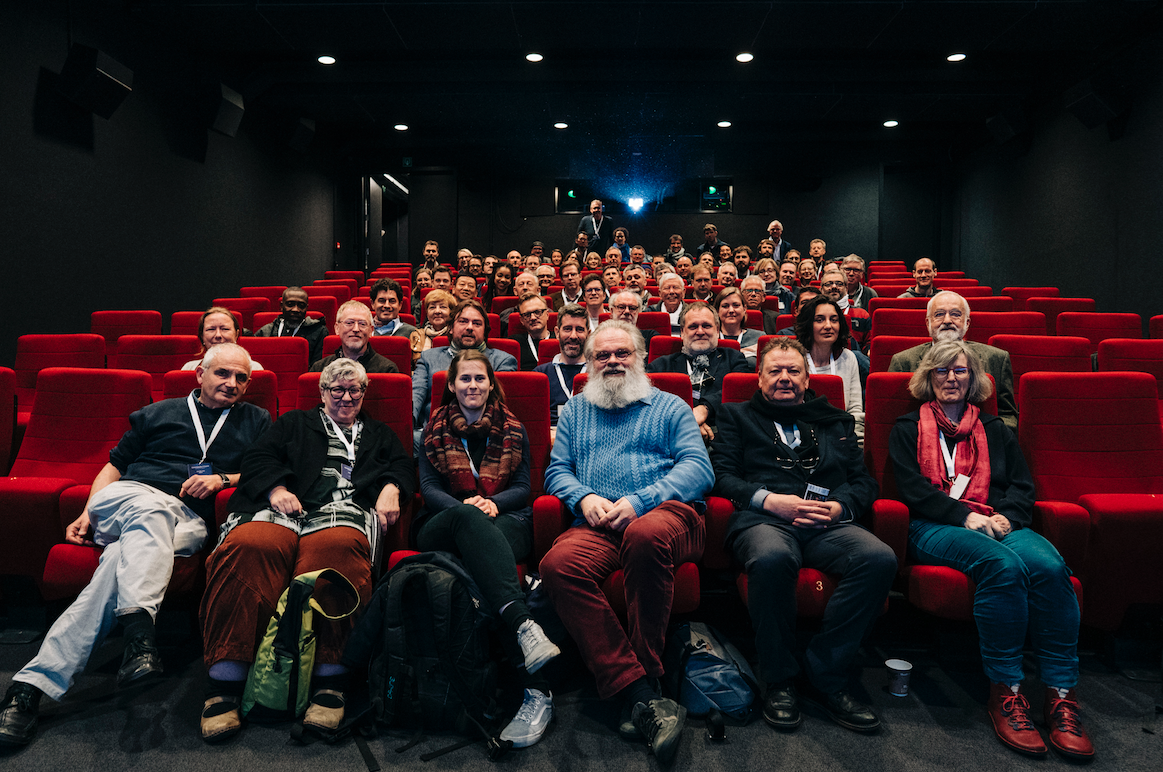
I must admit when I was asked if I could write an article about the Third International Conference on teaching and researching Cinematography, I wasn’t thrilled. I thought it was going to be a bit boring hearing teachers talk about how they can improve their educational tools to form better cinematographers or how they can acquire the methods for researching cinematography. I couldn’t be more wrong. Not only did these two subjects turned out to be fascinating but moreover they were presented by passionate people. Furthermore, this conference opened my mind to a number of ideas for consideration. On top of that it was really nice to be among peers from all over the world and to hear and participate in their discussions regarding the same concerns, but in very diverse angles depending on the country and the type of school they come from. What more can I say? At the end of the three days, I was hooked…

Photo by Tony Costa 
Photo by Annika Wallis 
Photo by Annika Wallis 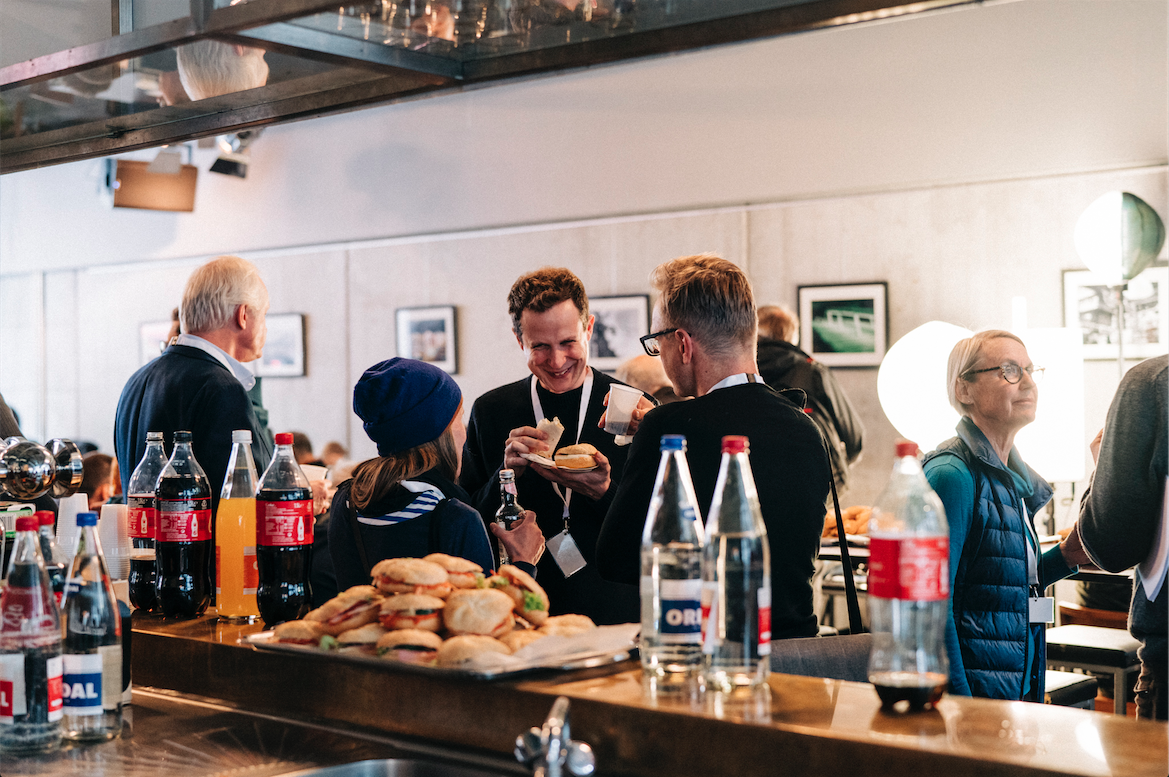
Photo by Annika Wallis
In my opinion, the success of the conference was not only due to the relevance of the subjects, but also to the ways these matters have been debated. On the first morning, five papers were presented in a rather academic-style in front of the ninety participants (reading, PowerPoint, excerpt and then Q&R), but in the afternoon participants had to choose between four different poster sharing sessions repeated two times. Divided in smaller group, they could hear and then interact with two, sometimes three researchers on each theme. On the second day, the participating cinematographers had even more opportunities to express themselves as they could choose between six roundtables topics repeated in three different sessions. Each roundtable of one hour had one head and several experts to lead and supply peer-exchanges on the matter at hand. After a ludic walk through Brussels, on the afternoon, five other papers were presented in front of the whole audience. Then on the third day, after a last paper presentation, the conclusions of each roundtable were submitted to all the participants by the head researchers. This enabled the cinematographers to be alternately listeners and lecturers, to share their experience, to debate, but under the constant time management of the organisers, giving substance to these topics.
Here you can find the program.

Poster session – Photo by Leslie Leyzour 
Poster session – Photo by Leslie Leyzour 
Round table – Photo by Leslie Leyzour 
Papers – Photo by Annika Wallis
“What topics could last three-day-long regarding the teaching and researching of cinematography?” one could ask. Well, it’s really hard to report on the diversity of the reflections raised, you just had to be there. First, just let me say I won’t talk about the topics raised in the six roundtables, because a report on the emerging cinematography practices, the use of celluloid as a method to teach cinematography, the methodology to research cinematography, the new pedagogical tools at hand, how to use the prior digital skills of students and the teaching of the cinematographer’s responsibilities is available here. But I will try to present what really interested me in the rest. In advance, I must apologise to the participants because obviously I won’t be able to synthesise all of what was said. I’m only human, I don’t have the gift of Ubiquity…

Social gathering – Photo by Annika Wallis 
Breakfast – Photo by Annika Wallis
The first topic presented in the seminar that really puzzled me was raised by Tony Costa, chair of the IMAGO Education Committee, and came back a few times in the poster’ or roundtable’s discussions: Can the cinematographer be considered as an author? The author of the image, obviously, but as such also co-author of the film like the scriptwriter or the composer. In fact, it is really hard to isolate the work of the cinematographer, even if we know he is in charge of the framing, the movement, the lighting, the ratio, the choice of camera and lenses etc. How can we distinguish his work from the director’s decisions and choices? To answer that question Tony Costa proposed a research called One film, three visions. He projected the same film shot three times with the same director, the same script, the same intentions, the same actors, the same crew, the same editor, the same music etc, but with a different cinematographer each time. At the end of the projection he asked the audience: Does cinematography change the perception of the viewer? And the results were quite interesting, because in fact they were three very different films producing very diverse emotions and telling different stories to each viewer depending on their tastes and their personal histories… At the end, some of the audience thought cinematographers should be considered as authors whereas others thought they can only be considered as artistic technicians like makeup artists or set designers. The debate will surely continue.
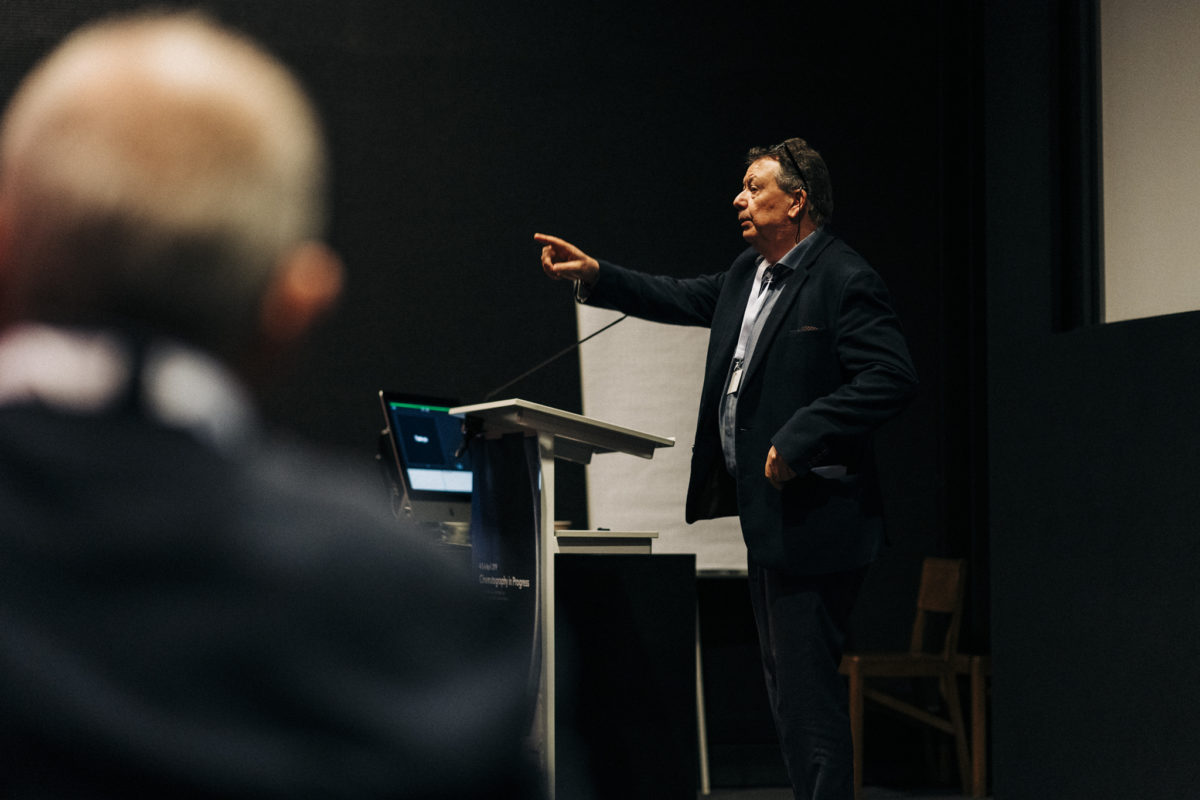
Tony Costa – Photo by Annika Wallis
Later on, the diversity in cinematography was brought to our attention by Cathy Greenhalgh’s paper called Skin tone and faces: cinematography pedagogy which foregrounds inclusivity and diversity in teaching lighting. The matter was also discussed in at least two poster sessions with Diarra Sourang’s research on Filming black complexions: why bother? A research on new filming techniquesand Yao Joseph Homadji Ladzekpo’s presentation called An introspection of an African cinematography educator in the 21st century. How to teach diverse cinematographic techniques regarding the skin-tones, but also the gender, the sexual orientation or age of the subjects? And how to include the students and teacher’s culture in the pedagogy?

Cathy Greenhalgh – Photo by Annika Wallis 
Diarra Sourang – Photo by Annika Wallis 
Yao Ladzekpo – Photo by Annika wallis
In an audience originating from over thirty countries, in which male teaching cinematographers from Europe and North America are outnumbered, these questions seemed quite relevant. The Western patriarchal and traditional way of lighting and framing is still dominant in the didactic rulebook of most of the schools worldwide. For instance, materials have been optimised for light skin tones (colour balancing charts, zebra etc). Another illustration: the soft lights applied to women is a heritage from centuries of male domination passed from painting masters to cinematographers. Besides, the vocabulary we use is quite relevant: for example, there is no such things as black skins, all humans have the same pigments, the main difference between skin-tones is density and in it there is a lot of colours. That is why it is necessary to include not only more culture in the education system but also belief, spirituality, environment, politics, philosophy and psychology in order to make cinematography richer. So, students can learn not only that when light skin-tone faces will be shaped by shadows, dark ones will be better shaped by reflexions, but also why that matters. How do we want to represent the diversity of our society?

Kommer Kleijn – Photo by Annika Wallis
On a seemingly more technical issue, Kommer Kleijn’s paper and Aaron Kuder and Stefan Grandinetti’s poster session on HFR (High Frame Rate) really got my attention. The way HFR can truly improve the quality of the image by increasing substantially its sharpness and eliminating strobes was vision-based proven in Aaron and Stefan classrooms by comparing 24 fps’ images to 96 fps’ ones. But more importantly as Kommer Kleijn’s presentation demonstrated the technical improvement matters not, unlike the possibilities that lies beneath: a new way of telling stories. In fact, if teachers would propose HFR exercises and practices to film students they might create new forms of cinematic language and maybe working directors, cinematographers and producers could stop argue against it and realise the huge prospects it offers. Because in Kommer, Aaron or Stefan’s opinion, HFR is the new technical revolution ahead.

Aaron Kude- Photo by Annika Wallis 
Stefan Grandinetti- Photo by Annika Wallis 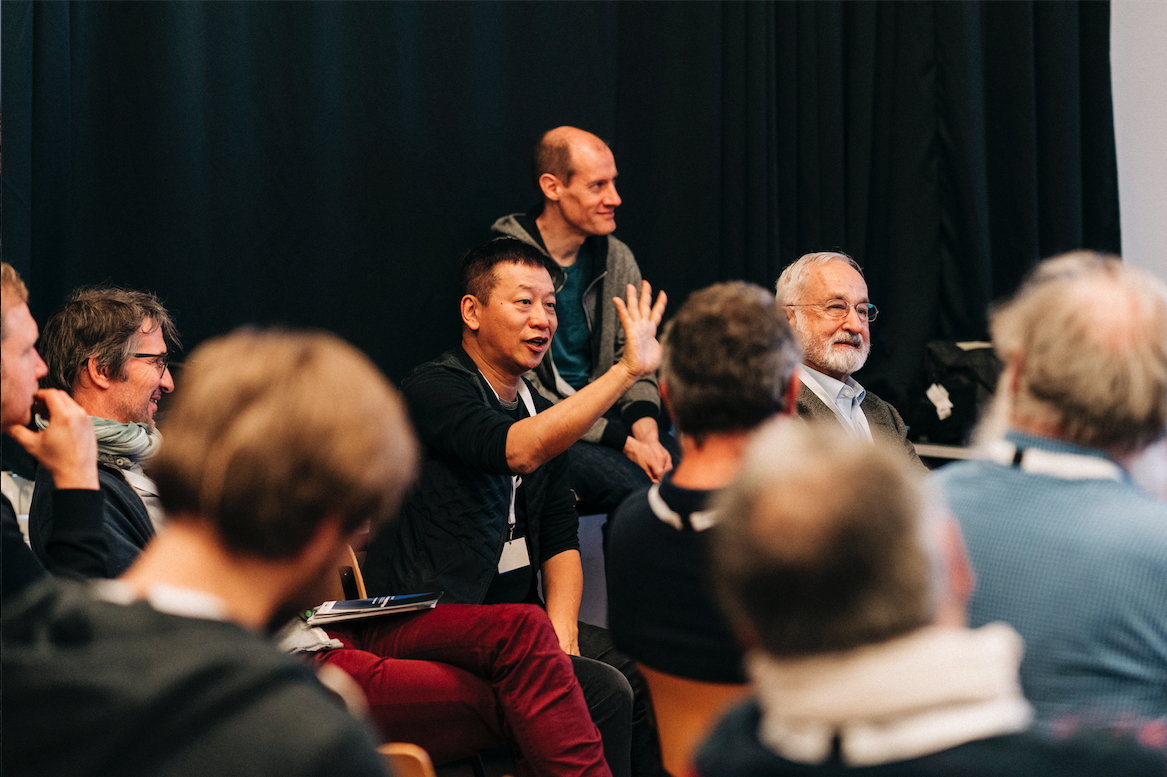
HFR poster session – Photo by Annika Wallis 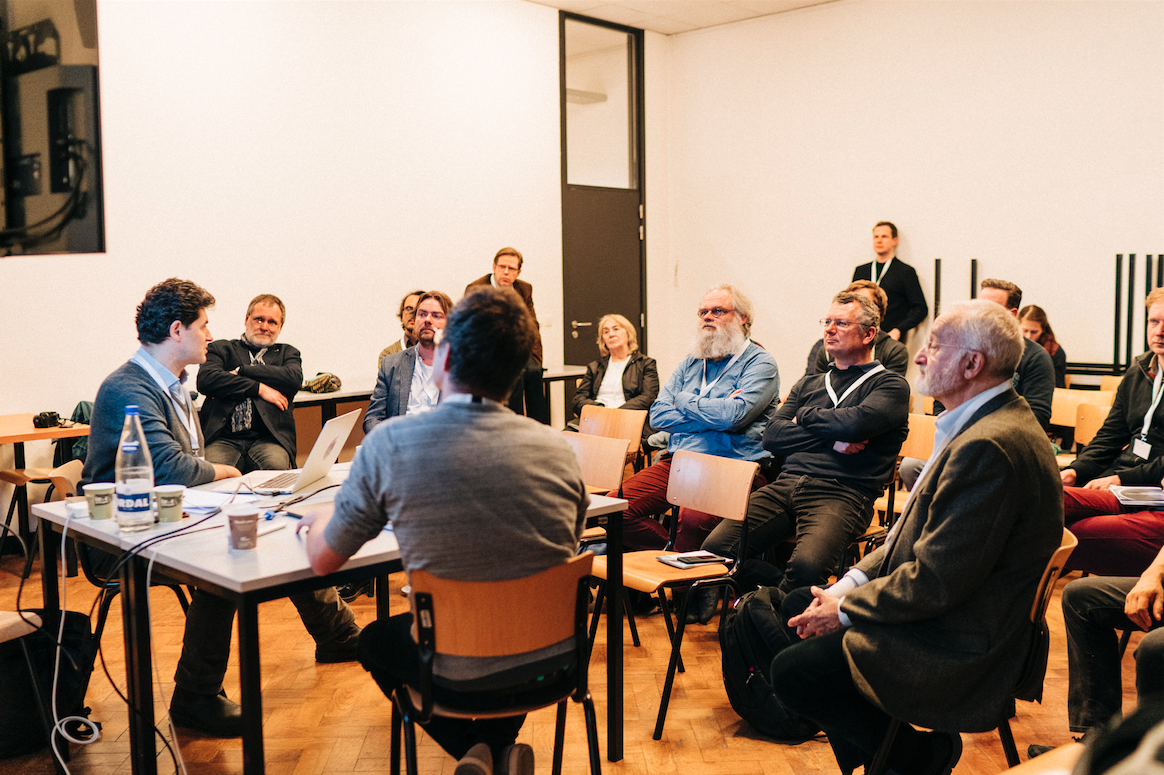
HFR poster session – Photo by Annika Wallis
Another point that kept coming back in a lot of papers, poster sessions and roundtables was the insecurity of the cinematography students. In a quite violent and competitive society it’s only logical that students are competitive between themselves. And even more if you consider that at the end, when they get out of school, many are called, few chosen. But even if the context explains it, should not the schools and moreover artistic schools, allow young people to express themselves and find their own path? How can teachers, who are only human after-all, find the time to encourage them personally, to allow failure, to dissolve or try to avoid the violent competition among them in an already full and fragmented schedule?
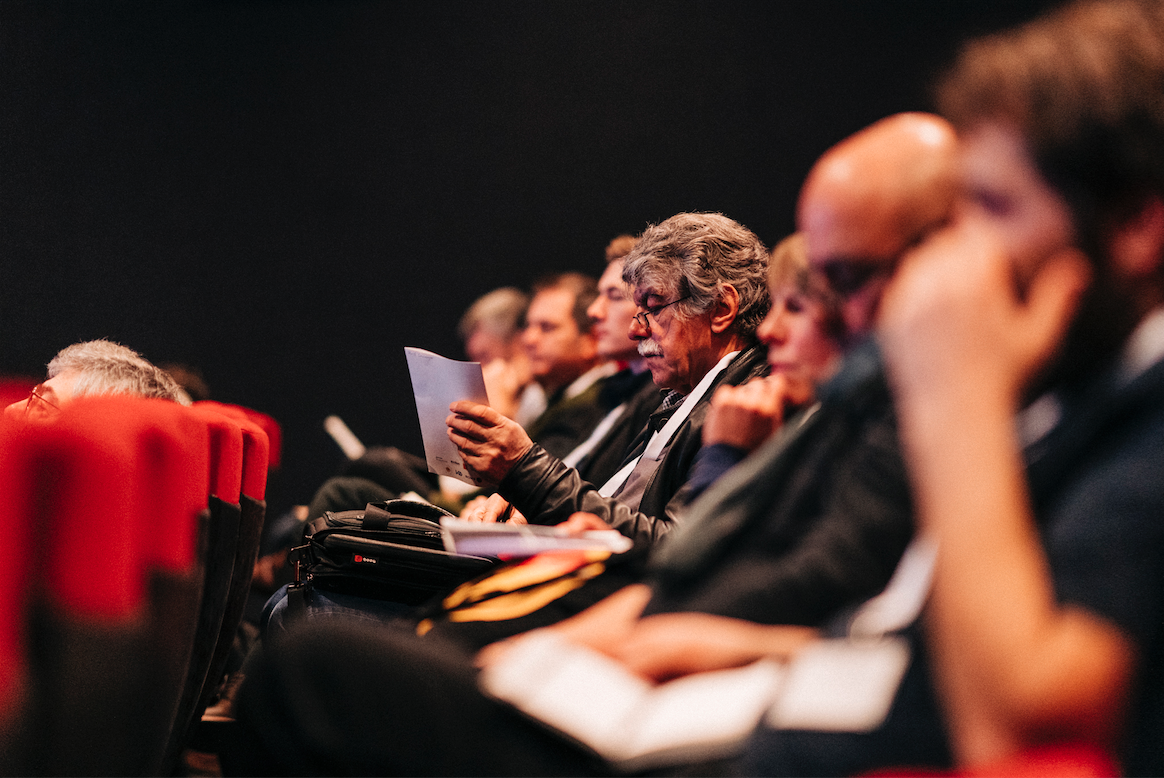
Photo by Annika Wallis 
Photo by Annika Wallis
At the very end of the conference, in the final discussions between participants a new theme was mentioned: should cinematography teachers include sustainability in their courses? As Katrin Richthofer and Peter Slansky pointed out, followed by Alexandra Pons, there’s quite a few solutions to make cinema more ecological. Not only does it have a role to play in the public advocacy and the community mobilisation, but there are concrete actions necessary, productions can take from pre-production, shooting to post-production to truly reduce its impact. More specifically the cinematographer has the power to reduce the energy consumption by his choices of camera, hard drive, type of lighting (LED), energy supplier, generator, post-production studio etc…
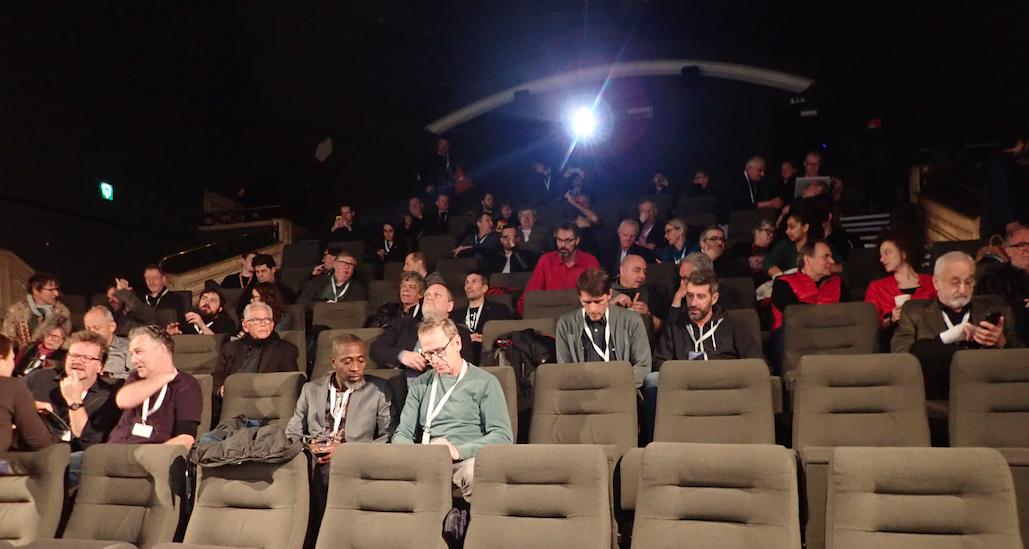
Podium discussions – Photo by Leslie Leyzour
Of course, some things about the conference could be improved; For instance, the absence of cinematography students was a real pity, even though understandable – when I was a student, I had no idea what problems my teachers faced. In the end, I think the conference was a big hit, because it highlights pioneer subjects, not in regards of the educational aspect of it, but also pointing out the research subjects and avenue’s. Indeed, it is really important for cinematographers to evolve and digest all the fascinating topics presented above and all the others we didn’t talk about, to create a platform where they can share their research and knowledge. And it matters because, as the youngest researcher at the conference, Diarra Sourang, said: “The society may shape the image we make, but our images can shape the society back.”

Photo by Annika Wallis
Leslie Leyzour
